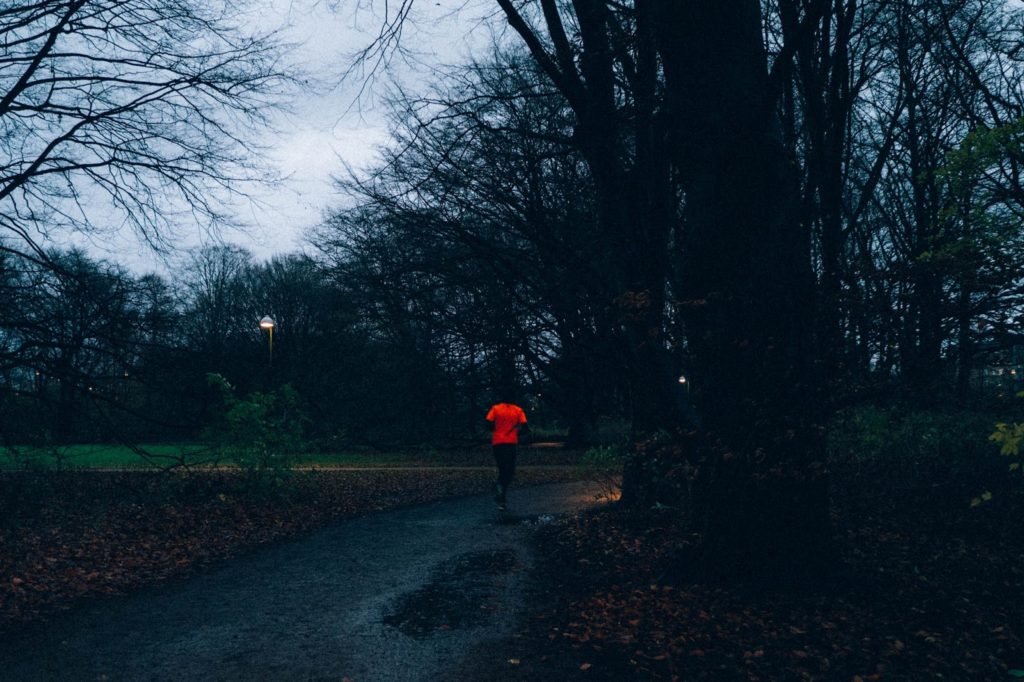Research, conducted by Lund University, provides new and important complementary tools for decision makers, to assess pedestrians perceptions before making major investments in outdoor lighting.
As one of the key areas of Lighting Metropolis is to connect universities with city planners and companies to take research out from the labs, and into the living urban environments – allowing the region to establish a collaborative ecosystem for innovative lighting solutions. Developing new assessment tools for a new era in outdoor lighting has been one of the prioritised research projects.
Supporting UN’s Sustainable Development Goals
Outdoor lighting has an important role in the development of a sustainable urban environment. In the UN Global Development Goals it is stressed that cities should be inclusive, safe, resilient and sustainable. This implies that people of different age, gender and vulnerability should be able to participate in urban life also after dark. Assessments of outdoor lighting have so far lacked scientific methods for evaluating users’ perception of the lighting quality, which can potentially lead to solutions that meet technical specifications but ignores users’ perceived experience.
One of these new assessment tools is called POLQ – Perceived Outdoor Lighting Quality Scale, and has been developed by a research team at the department of Environmental Psychology, Lund University. The methodology is based on a combination of theoretical development and empirical work in full-scale laboratory as well as field studies on pedestrian paths. Conventional technical environmental assessments such as measures of illuminance, luminance, colour rendering and energy use are complemented with observer based environmental assessment, visual and behavioural tasks.
New assessment methods for a new era of outdoor lighting
After concluding that the current lighting standards are insufficient to guide the design of outdoor lighting for pedestrians, the team set out to develop a methodology that enabled additional, and crucially – scientifically verifiable – information about the pedestrians’ perceived qualities of the light and pedestrians’ performance. Elderly and people with visual impairments have difficulties in performing fundamental visual tasks at pedestrian paths illuminated in accordance with present requirements.
Lighting applications also significantly differ in how well they support critical visual tasks e.g. recognition of emotional expressions, identification of obstacles and sign-reading. Pedestrian’s perception and evaluation also differ between age groups. Similar results have been obtained under controlled conditions in a full-scale laboratory and in field studies.
Benefitting the wider lighting community
Outdoor lighting for pedestrians that do not support their needs will results in energy use and costs without contributing to sustainability of the urban environment. This research makes the lighting community aware of the large variation in pedestrian experiences of artificial outdoor lighting. The research results can guide the lighting community to directly address pedestrians’ perception, evaluation and behaviour in relation to the lit environment as a complement to lighting standards for pedestrian paths, and to consider this information in relation to energy use and costs.
You can read a project summary here.
—
The research is currently under review in two scientific papers and two papers are in manuscript. The papers are part of a PhD-thesis in environmental psychology to be presented 2019 respectively a post-doc in environmental psychology. For more information, please contact the department of Environmental Psychology at Lund University.




